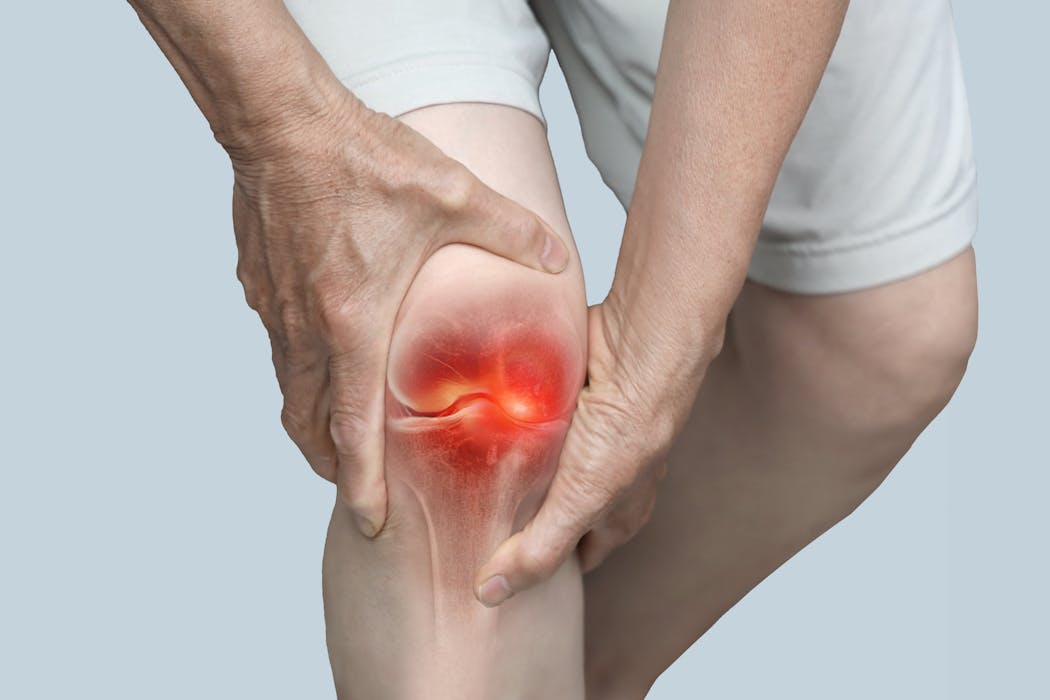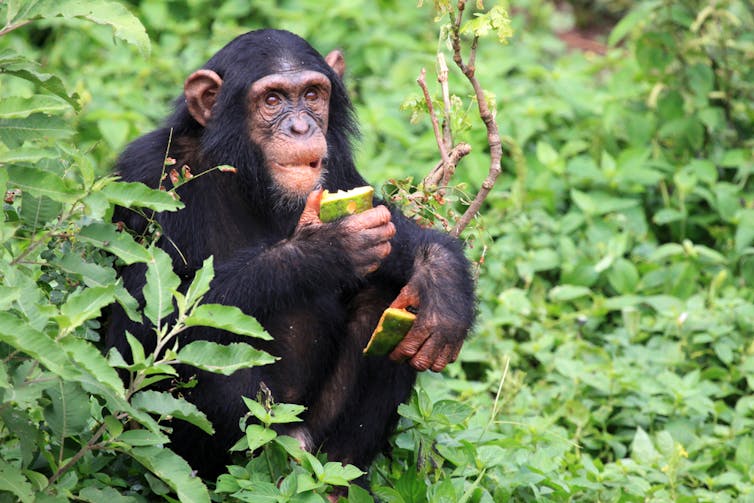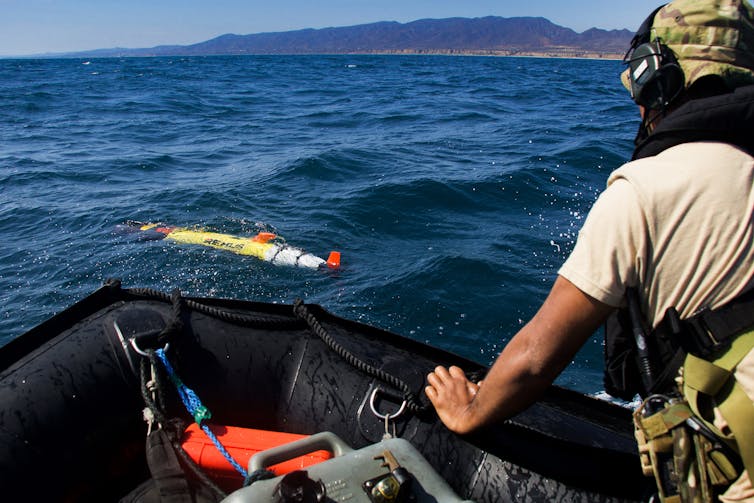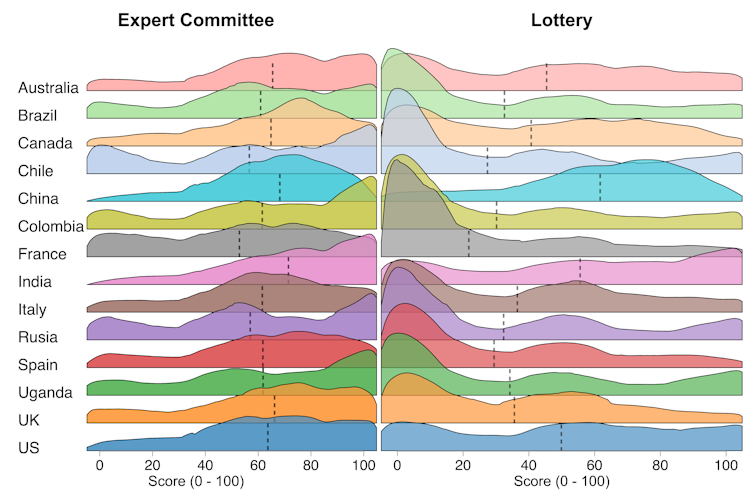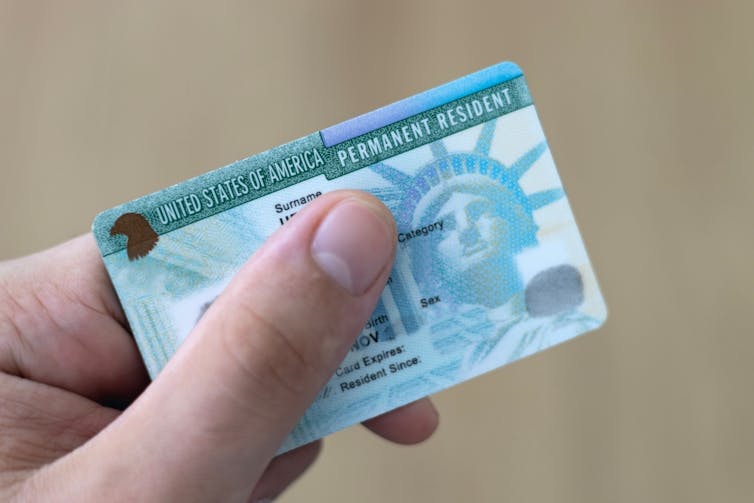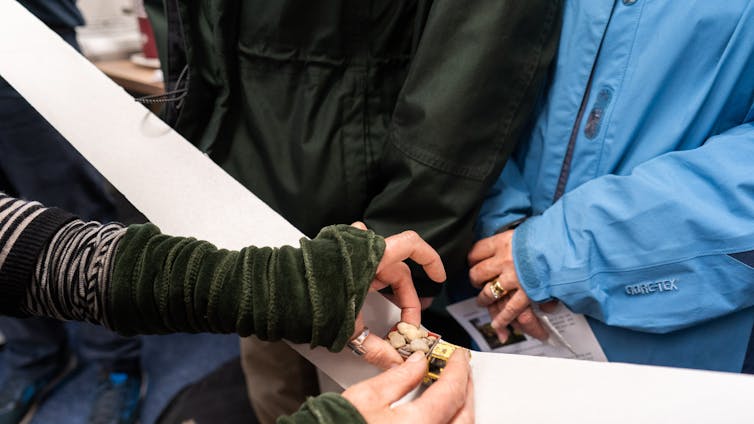Source: The Conversation – UK – By Beverley O’Hara, Lecturer in Nutrition, Leeds Beckett University

Since Wegovy received approval as a weight loss treatment in 2021, there has been huge demand for GLP-1 drugs. These drugs reduce hunger and suppress the “food noise” that can make it difficult to lose weight.
But while these drugs have been a gamechanger for many who have struggle to lose weight, it wasn’t long before the backlash against them started. In response, high-profile celebrities such as Serena Williams have opened up about using these drugs in the hopes that it would counter the rising stigma of using them.
Sadly, it’s probably going to take more than celebrity endorsement to change the way society views people who are overweight. Weight-loss drug stigma is just the latest form of “fatphobia”.
Weight and obesity have long been stigmatised in our society. Obesity is even considered by some to be a moral failing, rather than a result of an person’s unique biology interacting with complex societal and environmental forces. This misconception has contributed to weight stigma and weight bias, where people may hold negative attitudes towards people who are overweight and may even discriminate against them.
While popular initiatives in recent years have aimed to advocate for the acceptance of all bodies regardless of size (such as the body positivity movement), stigma against larger bodies is still the norm, as our work has shown.
Earlier this year, we conducted research on perceptions of health and weight. As part of our survey, we asked 143 participants to describe photos of adults of varying body weights. These photos depicted people engaging in so-called “healthy” and “unhealthy” behaviour – such as exercising or lying on a couch.
The results were stark. Photos of slender people elicited more friendly or warm comments from participants. However, photos of people with obesity were consistently described using negative and stigmatising language, such as “lazy”, “dirty”, “slobbish” and “unappealing”.
The message was clear. You’re only as healthy and desirable as your body size. Even though body size is not a good indicator of metabolic health, our work shows that slimness is still highly valued and seen as a marker of being healthy – regardless of a person’s actual health status.
Although most participants understood that the causes of obesity are complex and not just due to lifestyle choices, this insight did not affect their attitudes towards people with obesity. Weight bias still appears to be a permissible form of discrimination to some.
With the use of weight loss drugs becoming increasingly more common, one research team hypothesised that these drugs might change attitudes towards obesity – helping our society see that weight is more related to biology than willpower. They conducted two surveys to uncover whether weight loss drugs had any effect on reducing weight bias.

Love Employee/ Shutterstock
The results from that survey showed that nothing has changed when it comes to weight stigma. Participants overwhelmingly thought that obesity is controllable through willpower – and that the use of weight loss drugs is unfair and the “easy way out”.
Judging people for taking weight loss drugs is merely a new variation of weight stigma. People are first negatively judged for being overweight in the first place – but then judged again for undergoing the “wrong sort” of treatment.
Although significant and long-lasting weight loss through behavioural changes alone is extremely rare, taking weight loss drugs is seen by some as “cheating”.
What people want to see is “good old-fashioned hard work”. Research shows that people are more likely to see someone in a negative light if they don’t think that person is putting in the effort to lose weight.
The “right way” is often thought of as exercising willpower, being more physically active and eating less. Using weight-loss drugs is seen by some as evidence that people with obesity are “too weak” or “too lazy” to lose weight in a way that is perceived as being correct.
The harm of GLP-1 stigma
Using a GLP-1 drug as a weight loss method is judged more harshly than losing weight through traditional methods.
Fear of this negative judgement is reportedly driving some users to take GLP-1 drugs in secret, even hiding their use from loved ones.
We currently don’t know the full scale and effect of weight loss drug stigma. It’s possible that it could deter people from seeking treatment with these medications or even increase social isolation as users withdraw for fear of being judged.
Weight stigma is already harmful to physical and psychological health – leading to poorer wellbeing and even depressive symptoms. The burden of keeping use of these drugs private could further increase risk of these harms.
Worryingly, it could even stop people from seeking medical attention for any side-effects they may experience, whether that’s mild gastrointestinal problems to rare, potentially severe complications such as thyroid tumours, severe gastrointestinal complications and a rare eye condition that may result in vision loss.
People using weight-loss drugs must also navigate the potential psychological aspects of GLP-1 treatment. Alongside negative judgement of taking the drugs, there may be anxiety about supply and affordability, the spectre of weight regain and an altered relationship with food.
It’s darkly ironic that, despite the increased awareness and use of GLP-1 drugs in our society, weight stigma is still so prevalent. The social, emotional and physical effects of using these drugs amounts to a costly commitment and is not, in fact, an “easy way out”.
![]()
Beverley O’Hara is affiliated with The Association for the Study of Obesity.
Jordan Beaumont receives funding from NIHR. He is affiliated with the Association for the Study of Obesity.
– ref. Weight loss drug stigma shows society still holds negative attitudes towards body weight and obesity – https://theconversation.com/weight-loss-drug-stigma-shows-society-still-holds-negative-attitudes-towards-body-weight-and-obesity-265019

